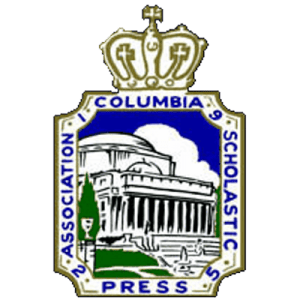By Matthew Swann
I am often asked if I have a favorite poem. And the truth is for a long time I didn’t. Even though in the beginning I would often boast, either to new friends or potential lovers, that I write poetry. Very rarely did I ever read any poems outside of my own, which I would (and still do) write and enjoy, only to look back months later and hate. I suppose some would say that’s par for the course when it comes to any form of creative expression. If we are trying to bring a feeling into the world, then how can we ever be satisfied with the results if said feelings are constantly changing? I digress. Back to the point: I wrote but did not read, and a writer who never reads can arguably never be a great writer, and I wanted to get better, so I started to read.
The first books of poetry I ever bought, outside of those needed for class, were collections. I walked into a bookstore with a friend on a cold evening in March. Once we entered, we headed upstairs, the owner of the store alluding to us that the good stuff was to be found there. As we ascended the stairs, I searched the shelves for poetry specifically written by Rumi and Gill Scott-Heron, the latter I was familiar with via his discography and the former more related to my spiritual musings, which I had found myself falling into more and more as quarantine secluded me within my own mind. Upon the dimly lighted shelves, I searched, negotiating the titles of the volumes, conveniently ordered in alphabetical order (as all shelves should be). As I made my way through the volumes of alphabetized prose, I came across a name I was familiar with but had not considered in my search: Charles Bukowski. I became aware of Bukowski similar to the way I had been made aware of Gill Scott-Heron, through music. In the song “Cellz (Born Like This)” by MFDOOM, the poem “Dinosauria, We,” also known as “Born Into This,” precedes the verses of the song. The poem’s content captivated me the first time I heard it and prompted me to Google to discover the author. That is when I first came upon the works of Charles Bukowski.
If someone asked me to describe Bukowski’s poetry, I would take the easy way out and call it human. The poems of Bukowski are troubled, nihilistic, reproachable, depressing, pitiful, and yet at the same time, hopeful, enduring, and at times, even humorous. For me, Bukowski’s poetry represents what it means to be an honest writer, to be true to yourself and your audience because writing is not just a self-serving endeavor but an altruistic one. To write is to yell into the void, exclaiming “I am here,” in hopes to hear a responding voice say, “So am I.” A great example of this is Bukowski’s poem “To The Whore Who Took My Poems.”
“some say we should keep personal remorse from the
poem,
stay abstract, and there is some reason in this,
but jezus;
twelve poems gone and I don’t keep carbons and you have
my
paintings too, my best ones; its stifling:
are you trying to crush me out like the rest of them?
why didn’t you take my money? they usually do
from the sleeping drunken pants sick in the corner.
next time take my left arm or a fifty
but not my poems…” Charles Bukowski “To the Whore who Stole my Poems”
This poem is my favorite. I came across it when I began reading Essential Bukowski, the book I found in that bookstore on that fateful night and promptly bought, along with two other volumes, with money I did not have. Flipping through the collection’s pages one afternoon during poetry club, the name of the poem jumped out at me, and I knew I had to read it to the rest of my fellow club members. Despite the striking name, interpret this poem more like a love poem than a written vendetta. It is a poem that I believe that all writers, and, by extension, artists can relate to. “To The Whore Who Took My Poems” is a love letter to the creators of the world. Those who do more than muse but strive to create. Who read novels and books and poems written by those whose names sit on gold plaques, which above them read “The Greats,” and not only dare to critique them but to also write at their level if not better. The creation of art is beautiful, but it is not a romantic endeavor. As much as people would like to believe it to be so, the life of an artist, of a writer, is not carefree, nor is it glamorous. It takes more than being able to string words together on a page to create an acceptable piece of work—whether or not it is good is another story. The work we create as artists may not deserve to be liked, but I believe that it at least deserves to be respected, just as we would respect the people who create it. Because when you take a part of yourself and put it into something, sometimes losing it can be as painful as losing a limb.





